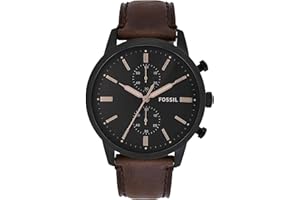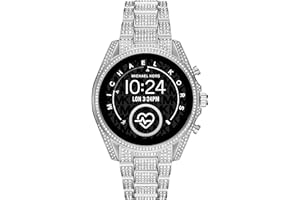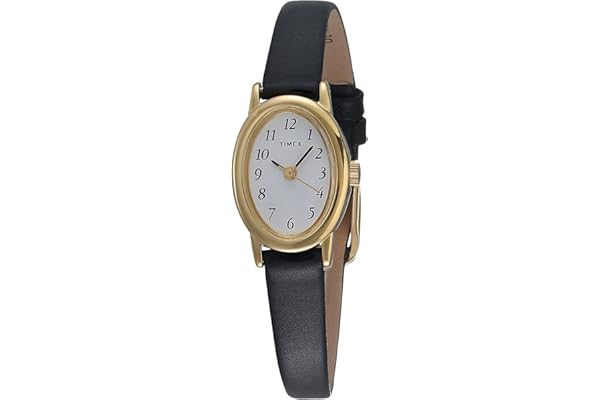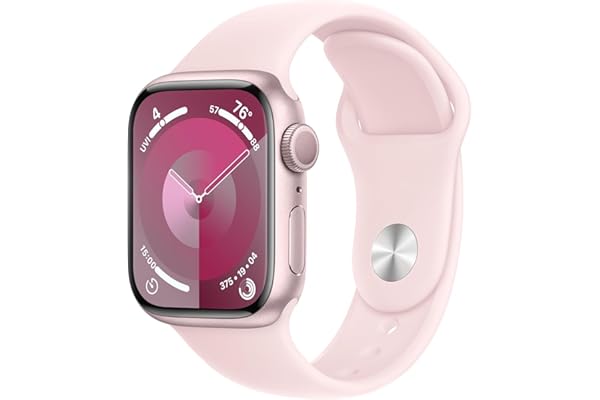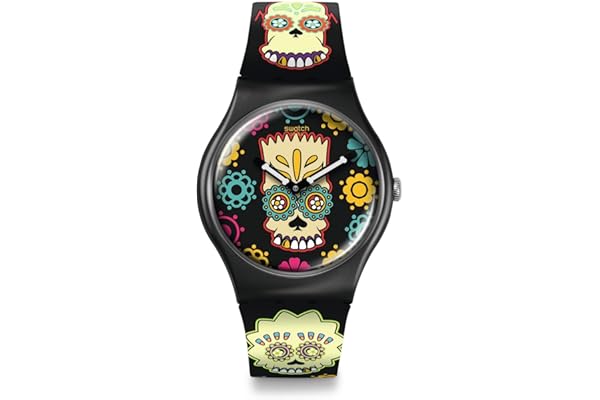Water Resistance in Watches: What You Need to Know
Contents
Understanding Water Resistance Ratings
Water resistance is a crucial feature in watches, especially for those who lead an active lifestyle or frequently engage in water-related activities. The term “water resistance” refers to the watch’s ability to withstand exposure to water without damage. However, it’s essential to understand that water resistance is not a permanent condition; it can degrade over time due to various factors such as aging gaskets, impacts, and temperature changes. Therefore, regular maintenance and checks are vital to ensure that your watch retains its water-resistant properties.
Most watches come with a water resistance rating measured in meters or ATM (atmospheres). A common misconception is that a watch rated for 30 meters is suitable for diving to that depth, but in reality, it’s only splash-resistant and not meant for submersion. A 50-meter rating is suitable for brief water exposure, like washing hands or light rain. For swimming, a watch should have at least a 100-meter rating, while diving watches typically start at 200 meters. Understanding these ratings helps in selecting the right watch for your activities and ensuring its longevity.
The International Organization for Standardization (ISO) provides standards for water-resistant watches, specifically ISO 22810 for general water resistance and ISO 6425 for dive watches. Watches adhering to these standards undergo rigorous testing to ensure they meet the specified water resistance levels. These tests include exposure to water pressure, temperature variations, and mechanical stress. When purchasing a watch, looking for these ISO certifications can provide peace of mind regarding its water-resistant capabilities.
Factors Affecting Water Resistance
Several factors can affect a watch’s water resistance, including the construction materials, design, and maintenance practices. The gaskets and seals are critical components in ensuring water resistance. These are typically made from rubber or silicone and act as barriers to prevent water ingress. Over time, these materials can degrade due to exposure to environmental elements, resulting in reduced water resistance. Regular servicing of the watch can help identify and replace worn-out gaskets, maintaining its water resistance.
The crown and pushers are also potential entry points for water. Watches designed for water exposure often feature screw-down crowns and pushers to enhance water resistance. It’s essential to ensure these components are securely fastened before exposing the watch to water. Any accidental operation of pushers or unscrewed crowns while the watch is submerged can compromise its water resistance, leading to potential water damage.
Another factor is the caseback design. Screw-down casebacks offer better water resistance compared to snap-on designs. Watches with transparent casebacks, often found in luxury timepieces, may have additional sealing measures to maintain water resistance. It’s crucial to follow manufacturer guidelines regarding water exposure, even for watches with high water resistance ratings, to prevent accidental damage.
Maintaining Your Watch’s Water Resistance
Regular maintenance is key to ensuring your watch retains its water resistance over time. It’s recommended to have your watch’s water resistance tested annually, especially if it’s frequently exposed to water. Professional watchmakers use specialized equipment to test and confirm the water resistance levels, identifying any potential issues that need attention.
After exposure to saltwater, it’s advisable to rinse the watch with fresh water to remove any salt deposits that could damage the seals or the watch case. This practice helps in maintaining the integrity of the watch’s components and prolonging its lifespan. Similarly, exposure to chemicals, such as perfumes or cleaning agents, should be avoided as they can degrade the gaskets and seals.
Storing your watch properly when not in use also contributes to maintaining its water resistance. Keeping it in a dry, cool place away from direct sunlight or extreme temperatures can prevent premature wear of the gaskets and seals. Additionally, avoiding impacts or shocks can help maintain the structural integrity of the watch, ensuring it remains water-resistant.
Choosing the Right Water-Resistant Watch
Selecting a watch with the appropriate water resistance rating depends on your lifestyle and intended use. For everyday wear, a watch with a 30 to 50-meter rating is usually sufficient. However, for swimming or snorkeling, a 100-meter rating is recommended. Diving enthusiasts should opt for watches specifically designed for diving, with ratings of 200 meters or more and ISO 6425 certification.
It’s also important to consider the watch’s design and features. Dive watches often come with additional functionalities, such as a unidirectional bezel for tracking dive time and luminous markers for visibility underwater. These features, combined with high water resistance, make dive watches ideal for aquatic activities.
When purchasing a water-resistant watch, it’s beneficial to research the brand’s reputation for quality and durability. Established watchmakers often have a proven track record in producing reliable water-resistant watches. Reading reviews and consulting with watch experts can also provide valuable insights into selecting the right watch for your needs.
Common Misconceptions About Water Resistance
One of the most common misconceptions about water resistance is the belief that it equates to waterproofing. No watch is entirely waterproof; water resistance indicates the watch’s ability to withstand water exposure to a certain extent. Understanding the limitations of water resistance ratings is crucial to prevent accidental damage.
Another misconception is that a water-resistant watch doesn’t require maintenance. As mentioned earlier, the components that provide water resistance can degrade over time, necessitating regular checks and servicing. Ignoring maintenance can lead to water ingress and damage to the watch’s internal mechanisms.
Lastly, it’s important to note that water resistance can be affected by external factors such as temperature changes and mechanical shocks. For instance, exposing a watch to hot water, such as in a shower or hot tub, can cause the seals to expand and contract, compromising water resistance. Being mindful of these factors and following best practices can help maintain your watch’s water resistance for years to come.

